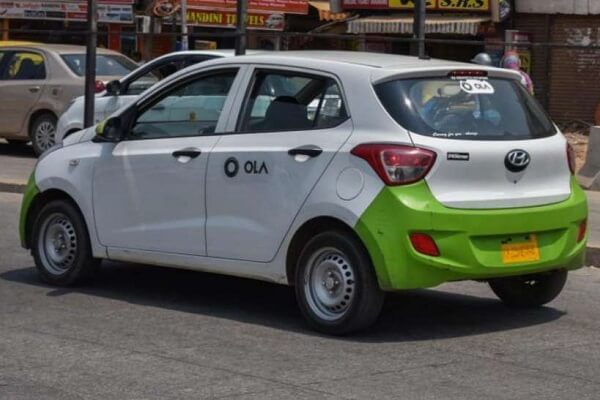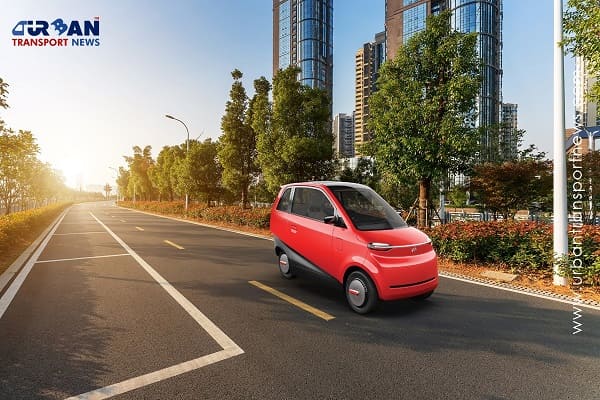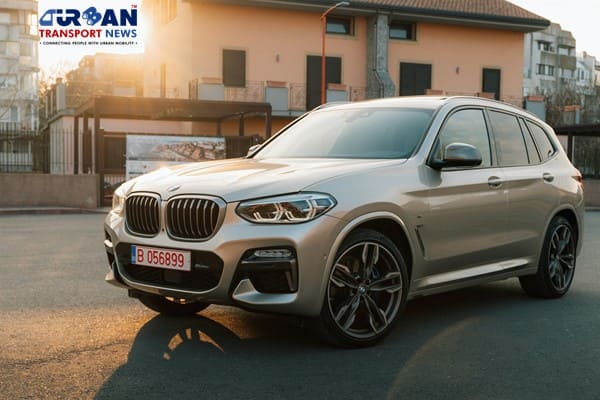 Delhi unveils ambitious Urban Mobility Vision: Luxury Metro Coaches, New Tunnels and Pod Taxi
Delhi unveils ambitious Urban Mobility Vision: Luxury Metro Coaches, New Tunnels and Pod Taxi Qatar approves Saudi Rail Link Agreement, Accelerating Gulf Railway Vision 2030
Qatar approves Saudi Rail Link Agreement, Accelerating Gulf Railway Vision 2030 UP Govt plans to introduce Water Metro services in Ayodhya, Varanasi & Prayagraj
UP Govt plans to introduce Water Metro services in Ayodhya, Varanasi & Prayagraj India’s First Urban Ropeway begins Trial Run in Varanasi, Set to carry 1 Lakh passengers daily
India’s First Urban Ropeway begins Trial Run in Varanasi, Set to carry 1 Lakh passengers daily India and Bhutan to Build First-Ever Rail Link: ₹4,033 Cr Project to Boost Regional Connectivity
India and Bhutan to Build First-Ever Rail Link: ₹4,033 Cr Project to Boost Regional Connectivity Patna to launch Eco-Friendly Water Metro; Trial Run soon between Digha and Kangan Ghats
Patna to launch Eco-Friendly Water Metro; Trial Run soon between Digha and Kangan Ghats Air India Group set to launch Flights Operations from Navi Mumbai International Airport
Air India Group set to launch Flights Operations from Navi Mumbai International Airport Chennai to launch 25-Year Mobility Plan with Unified QR Ticketing and One-App Transit System
Chennai to launch 25-Year Mobility Plan with Unified QR Ticketing and One-App Transit System Kochi Metro bags ₹4.4 crore contract to prepare DPR for Mumbai Water Metro Proejct
Kochi Metro bags ₹4.4 crore contract to prepare DPR for Mumbai Water Metro Proejct Navi Mumbai International Airport set for September launch; IndiGo and Akasa Air to lead Operations
Navi Mumbai International Airport set for September launch; IndiGo and Akasa Air to lead Operations
Navigating Urban Growth: Smart Public Transport Solutions for growing Indian Cities

Urbanization in India is on the rise, fueled by a booming industrial sector and increased economic activities. The Census of India reports a significant growth in metropolitan areas, from 35 in 2001 to 53 in 2011. This urban sprawl is set to continue, with a projected urban population of 590 million by 2031. With this expansion comes the critical need for sustainable public transportation, as India aspires to rank among the world's top economies.
The Impact of Urbanization on Mobility
Urbanization has not only increased travel demands but has also escalated the number of trips made in urban areas. Projections indicate a surge in per capita trip rates, leading to potential adverse transport externalities such as traffic congestion, accidents, suboptimal travel experiences, overpopulation, and environmental degradation. The cost of congestion in major cities is approximately US$14.7 billion annually, and road accidents have seen a significant increase.
Growing traffic congestion also takes a toll on air quality, evident in cities like Delhi, Kolkata, and Mumbai, where the air quality has been categorized as hazardous and unhealthy. Addressing these challenges requires strategic planning for sustainable Mass Rapid Transit Systems (MRTS).
Guidelines for Rapid Transit Systems in Indian Cities
In response to the need for better public transport, Indian cities have focused on implementing the National Urban Transport Policy since 2005. Various guidelines, including the 12th Five-Year Plan and those developed by the Ministry of Housing and Urban Affairs (MoHUA), provide guiding principles for selecting suitable urban public transport modes.
Considerations include peak hour traffic, population, density, and trip length, with threshold values for Bus Rapid Transit (BRT), Light Rail Transit (LRT), or Mono Rail. However, the current scenario reveals disparities in the implementation and ridership of these systems.
Public Transport Scenario in Indian Cities
Presently, 24 Indian cities have MRTS, but only five hosts two or more rapid transit systems. Metro rail systems, operational in 16 cities, often fall short of achieving estimated ridership forecasts. Conversely, bus-based transit systems exhibit higher ridership despite inadequate fleet sizes, highlighting the overemphasis on mega rail-based projects.
Most cities do not comply with MoHUA guidelines for a minimum bus fleet size, leading to an unintegrated and unsustainable operation of public transportation modes.
The Way Forward
Achieving sustainable urban public transportation is pivotal for India's economic growth. While metro rail systems are essential, smaller cities should focus on enhancing bus fleets before investing in expensive rail-based options. Guidelines should consider trip time, cost, and a city's form and size.
Strategic planning for MRTS in Tier 2 and 3 cities should integrate with existing public transport infrastructure, particularly city bus systems. A well-organized bus system proves to be cost-effective and expeditious, addressing demand efficiently before considering capital-intensive rail-based MRTS.
Conclusion
The path to sustainable urban public transportation in India lies in a balanced approach. Prioritizing bus system enhancements and thoughtful evaluation of the need for expensive rail-based options will ensure efficient and integrated transport systems, ultimately contributing to India's economic aspirations.







